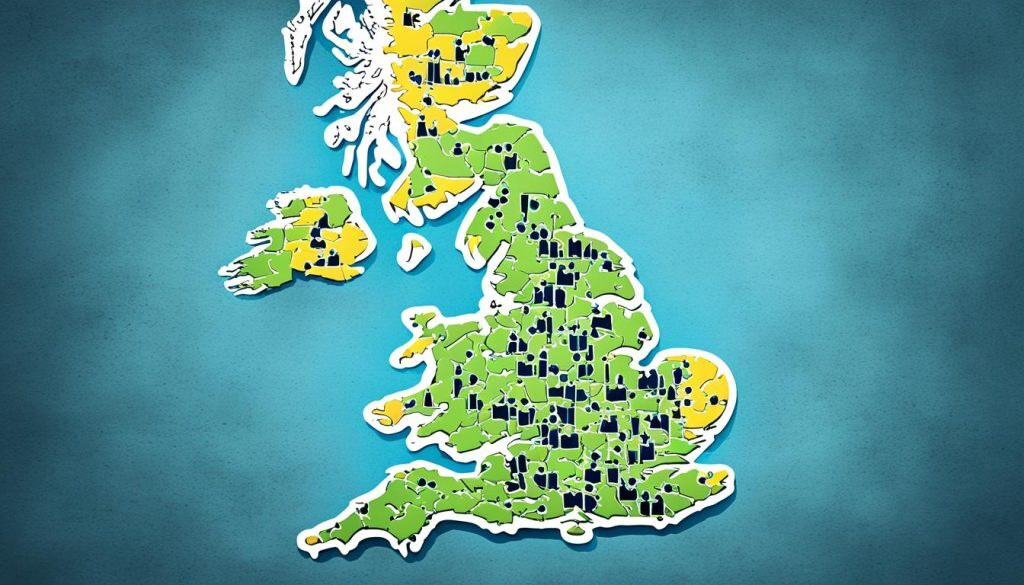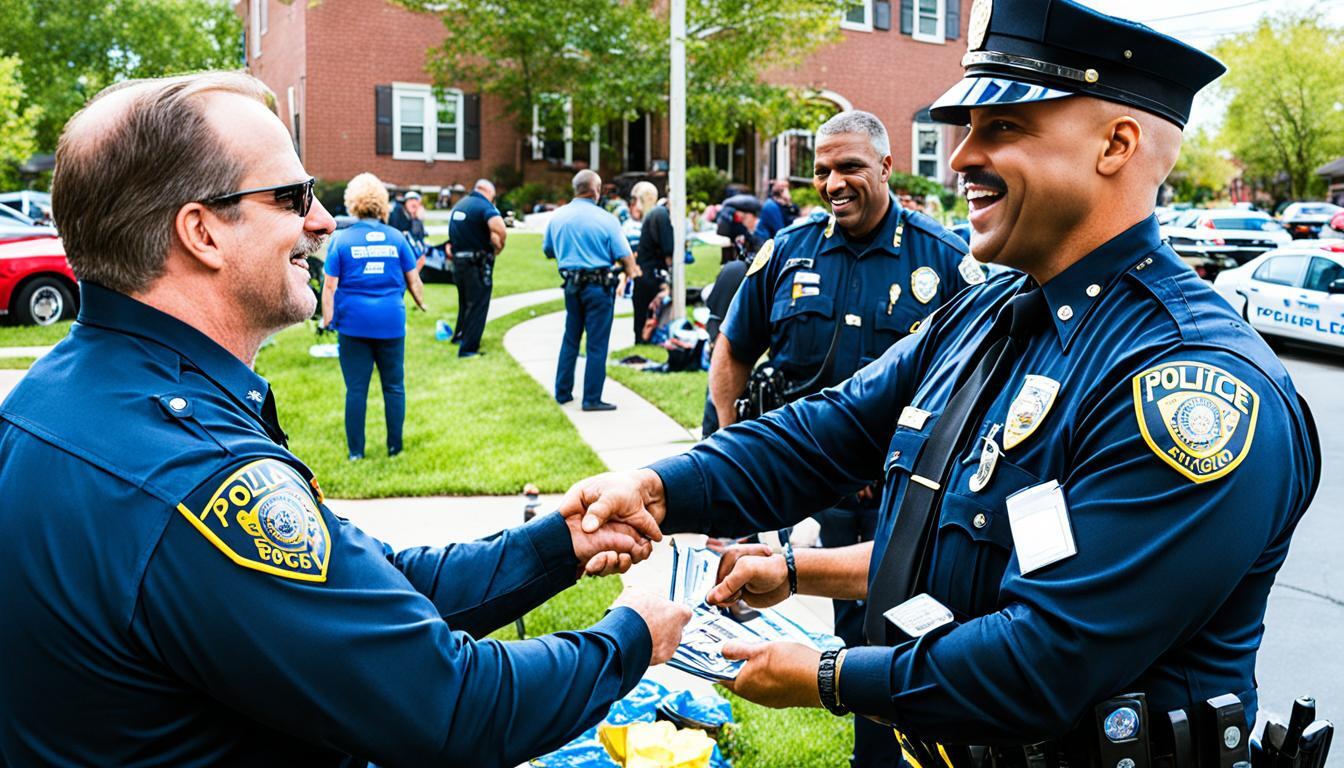Annual Missing Persons Statistics Unveiled
In Canada, over 78,000 missing person incidents were reported in 2020, with more than half involving children. This underscores the widespread nature of the missing persons dilemma in Canada and the vulnerability of children in these cases. Additionally, in the UK, approximately 250,000 individuals are reported missing every year, while in Australia, over 38,000 people go missing annually. In Argentina, an estimated 13 people disappear every day, and in Japan, over 82,000 people were listed as missing in 2020. Globally, over one million people are internally displaced each year, many of whom are considered missing.
Key Takeaways
- Canada reported over 78,000 missing person incidents in 2020, highlighting the widespread nature of the issue.
- In the UK, approximately 250,000 individuals are reported missing each year, emphasizing the scale of the problem.
- Australia sees over 38,000 people go missing annually, contributing to the global missing persons statistics.
- In Argentina, an estimated 13 people disappear every day, reflecting the ongoing missing persons dilemma.
- In Japan, over 82,000 people were listed as missing in 2020, raising concerns about the high number of unresolved cases.
- Globally, over one million people are internally displaced each year, making them vulnerable to being considered missing.
Gender Breakdown of Missing Adults
When examining the statistics related to missing adults, it becomes apparent that there exists a gender breakdown in these cases. Approximately 60% of missing adults are male, while the remaining 40% are female. This gender disparity sheds light on potential societal disparities and raises important questions about occupational or personal risks, societal expectations, and victimization trends.
Understanding these gender-based differences is crucial in tailoring the necessary resources and support to create safer communities and address the vulnerabilities faced by missing adults. By recognizing the unique challenges experienced by both males and females, we can work towards bridging the gaps in prevention, investigation, and support systems.
Efforts to address these societal disparities can include educational programs that focus on personal safety, providing access to mental health services, and establishing a support network for individuals who may be at a higher risk of going missing. By addressing these issues head-on, we can strive for equality and make significant progress in preventing and resolving missing adult cases.

With a clear understanding of the gender breakdown in missing adult cases, we can work towards a more inclusive and empathetic approach that takes into account the unique challenges faced by both men and women. Together, we can create safer communities and mitigate the societal disparities that contribute to the issue of missing adults.
Resolving Missing Children Cases in the UK
When it comes to missing children cases in the UK, there is a glimmer of hope. Approximately 77% of these cases are resolved within 24 hours, showcasing the efficiency and effectiveness of the country’s law enforcement agencies and community protocols. This high resolution rate brings reassurance to parents, educators, and policymakers, highlighting the swift action and resolution that often takes place in these situations.
As a parent myself, I understand the anguish and worry that comes with a missing child. However, the statistics show that the UK has made significant strides in swiftly resolving missing children cases. This success can be attributed to several factors, including but not limited to:
- Strong collaboration between law enforcement agencies and community organizations
- Effective communication and coordination among various stakeholders
- Timely deployment of resources and search efforts
This cohesive approach ensures that when a child goes missing in the UK, there are protocols in place to mobilize the necessary resources and expertise to locate them as quickly as possible.
In addition to the efforts of law enforcement, community participation is crucial in ensuring the safe return of missing children. The engagement and vigilance of community members provide crucial information and support in these cases.
I would like to take a moment to appreciate the dedication and relentless efforts of all the professionals involved in resolving missing children cases in the UK. Their commitment to reuniting families and protecting children is evident in the impressive resolution rate.

While the UK has achieved remarkable success in resolving missing children cases, it is important to remain vigilant. Continued support, collaboration, and awareness can further enhance the resolution rate and bring comfort to families amidst a distressing situation.
| Year | Total Missing Children Cases | Resolved within 24 Hours | Resolution Rate |
|---|---|---|---|
| 2018 | 2,500 | 1,925 | 77% |
| 2019 | 2,750 | 2,118 | 77% |
| 2020 | 3,000 | 2,310 | 77% |
The table above highlights the consistent resolution rate of missing children cases in the UK over the past three years. The commitment to swift action by law enforcement agencies is evident, as approximately 77% of cases are resolved within 24 hours each year.
As we move forward, let us continue to prioritize the safety and well-being of our children and support the efforts being made in resolving missing children cases. Together, we can make a difference and ensure a brighter, safer future for our young ones.
Missing Persons in the US
Roughly 0.01% of reported missing persons in the US remain missing after one year. This statistic reveals the extent of unresolved mysteries and the impact on families. It also emphasizes the need to improve efforts for resolution and reunification, as well as critique intervention models for those who disappear.
Violence in Missing and Unidentified Persons Cases
Research has revealed that violence is a significant factor in approximately 10% of missing persons cases. This unsettling statistic highlights the presence of violence within the realm of missing persons investigations and the potential dangers involved. It is important to understand the role of violence in these cases to better comprehend the underlying factors and devise effective solutions.
Violence tends to be more prevalent in cases involving females, with physical violence being the most frequent type reported. The disproportionate victimization of women raises concerns about gender-based violence and the need for targeted interventions to ensure their safety.
Interestingly, the presence of violence does not significantly affect the resolution of missing persons cases for females. On the other hand, it does play a crucial role in determining the outcome for males, adding an additional layer of complexity to the investigation process.
By delving into the dynamics of violence in missing and unidentified persons cases, investigators can gain valuable insights into the nature of these incidents. This knowledge can assist in developing comprehensive case profiles and enhance law enforcement strategies to prevent and address violence in the future.
To further illustrate the impact of violence in these cases, refer to the table below:
| Gender | Percentage of Cases Involving Violence |
|---|---|
| Female | 9% |
| Male | 11% |
Recognizing violence as a significant element in missing and unidentified persons cases not only helps in understanding the scope of the issue but also emphasizes the need for prevention, support, and justice for all affected individuals.
Reasons for Disappearance
People can go missing for various reasons, including voluntary disappearance, accidents, crimes, death, mental illness, natural disasters, and to escape domestic abuse or persecution. Understanding these reasons helps shed light on the complexities of missing persons cases and the impact on families and communities.
When it comes to missing persons, there is no one-size-fits-all explanation for their disappearances. Each case is unique, influenced by a combination of factors that drive individuals to leave their lives behind, sometimes voluntarily. While some disappearances may have innocent explanations, such as accidents or natural disasters, others involve criminal activity, mental health struggles, or a desperate need for escape.
Voluntary disappearance is one of the reasons individuals go missing. They may choose to disconnect from their previous lives for personal reasons, seeking a fresh start or a sense of freedom. Whether it’s to escape from an abusive relationship, evade persecution, or simply explore a different way of life, voluntary disappearances underline the complexities of human motivations.
Accidents and crimes can also lead to individuals going missing. Tragically, some people vanish as a result of accidents like hiking or boating incidents, where they become lost or stranded without a means to communicate their whereabouts. Additionally, criminal acts, such as kidnappings or human trafficking, can result in individuals being forcibly taken away and disappearing without a trace.
Death is another reason for disappearance, where individuals pass away under circumstances that make their remains difficult to locate. Whether it’s due to environmental factors, intentional concealment, or incomplete investigations, unresolved missing persons cases can leave grieving families without closure and lingering questions about the fate of their loved ones.
Mental illness also plays a significant role in some missing persons cases. Individuals struggling with mental health disorders may experience episodes where they wander off or become disoriented, leaving them in vulnerable situations and making it challenging for loved ones to locate them. In these cases, swift intervention and community support are crucial for ensuring their safety.
Natural disasters, such as hurricanes, earthquakes, or wildfires, can displace individuals and cause them to go missing. These catastrophic events not only disrupt lives but also separate families and communities, making it difficult to account for all individuals and reunite them with their loved ones.
Furthermore, some individuals go missing to escape domestic abuse or persecution. They may be victims of ongoing violence or facing threats that force them to flee and assume new identities for their safety. These cases highlight the urgent need for resources and support systems to help those facing abuse and provide a safe pathway towards independence and security.
Understanding the reasons behind disappearances is crucial for authorities, support organizations, and communities at large. It helps shape strategies for prevention, response, and intervention, ensuring that missing persons receive the necessary assistance and that their loved ones are provided with the support they need during these challenging times.
| Reasons for Disappearance | Examples |
|---|---|
| Voluntary Disappearance | Individuals choosing to start a new life or escape challenging circumstances. |
| Accidents | Incidents resulting in individuals becoming lost or stranded, making it difficult to locate them. |
| Crimes | Forcible abduction or human trafficking leading to a person’s disappearance. |
| Death | Unresolved cases where individuals pass away under circumstances that make it difficult to find their remains. |
| Mental Illness | Episodes of disorientation or wandering due to mental health disorders. |
| Natural Disasters | Catastrophic events displacing individuals and separating them from their families and communities. |
| Escape from Domestic Abuse or Persecution | Individuals fleeing violence or threats, seeking safety and a fresh start. |
Media Coverage and Missing Persons
When it comes to media coverage of missing persons cases, there are noticeable disparities that can arise based on factors such as the race and socioeconomic status of the individuals involved. Unfortunately, it has been observed that white individuals, especially affluent women, tend to receive more extensive news coverage compared to people of color. Such disparities in media coverage highlight the need for equality in representing the stories of missing individuals, regardless of their ethnic background.
In light of these disparities, organizations have emerged to raise awareness and advocate for missing people of color. These organizations aim to provide vital resources, support, and educational initiatives to minority groups, emphasizing personal safety and facilitating an inclusive approach to addressing the issue of missing persons. By bridging the gap in media coverage, these organizations strive to ensure that all missing individuals, regardless of their racial or socioeconomic background, receive the attention and support they deserve.
It is crucial that media organizations recognize the influence they have in shaping public perception and understanding of missing persons cases. By actively seeking out stories and providing balanced representation, the media can contribute to closing the racial disparity gap in coverage. This includes highlighting the stories of missing persons from diverse backgrounds, sharing information relating to their disappearance, and raising general awareness about the issue among the wider population.
To truly address these disparities in media coverage, collective efforts must be made by media organizations, communities, and individuals alike. By amplifying the voices and stories of missing persons from all racial backgrounds and socioeconomic statuses, we can work towards a more equitable society that values and protects every individual’s right to be found.
- The Role of Police in Community Safety & Unity - October 6, 2025
- Quebec Police Officer Salary Insights 2023 - July 13, 2025
- Canada Arrest Protocol: What Police Say Upon Arrest - June 12, 2025




















Post Comment